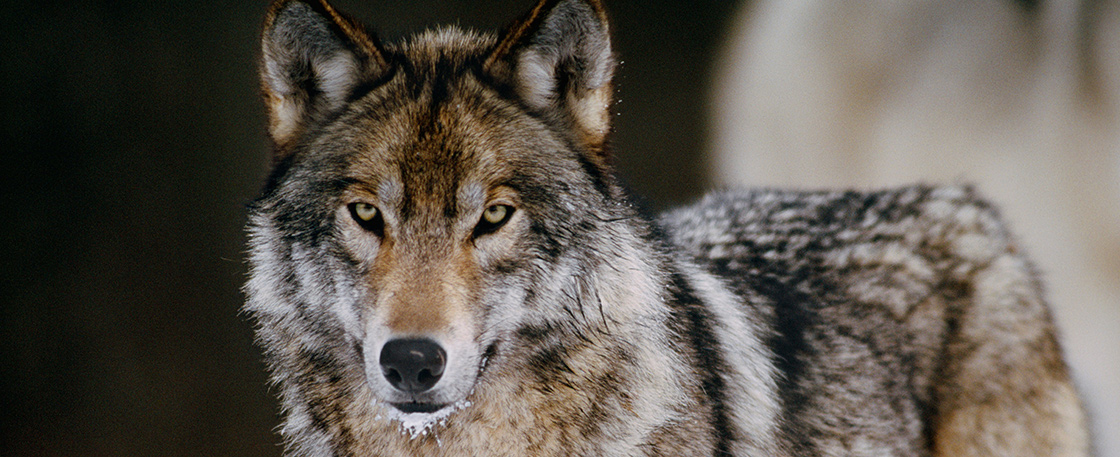Today, dogs occupy a special place in our homes—and in our hearts. Nearly 50 percent of American families own at least one dog, according to the American Pet Products Association. Americans spend tens of billions of dollars on their dogs each year—on everything from veterinarian visits and grooming to gourmet treats and high-tech gadgets like doggy treadmills. The Harris Poll found that 38 percent of U.S. dog owners cook special meals for their dogs.
Most of these dogs don’t have to earn their keep. An adorable face and, of course, unconditional love are all that’s required of most pets—though dogs do help us in other ways too. Walking a dog several times a day can improve people’s health. Dogs can also help
kids with autism and other challenges cope with stress.
New research is helping to explain the scientific basis for our connection to dogs. In 2015, researchers in Japan found something interesting: When a human and a dog gaze into each other’s eyes, the brains of both species release a chemical. This chemical makes the human and the dog feel close. This is the same chemical that is released when a human mother looks at her baby.
Dogs also have a desire to understand us, and that is unique in the animal kingdom. For example, when we point at something, dogs look where we’re pointing. Not even our closest animal relatives—chimpanzees—do that without being taught.
Of course, the desire to understand humans didn’t stop Ruby’s dog, Scout, from chewing up a brand-new sneaker. Ruby forgave him though. He is family, after all.
Scout may not chase away mice or guard a house like his ancestors. He does have a job though: to love Ruby and her family.
Maybe that is the most important job of all.


